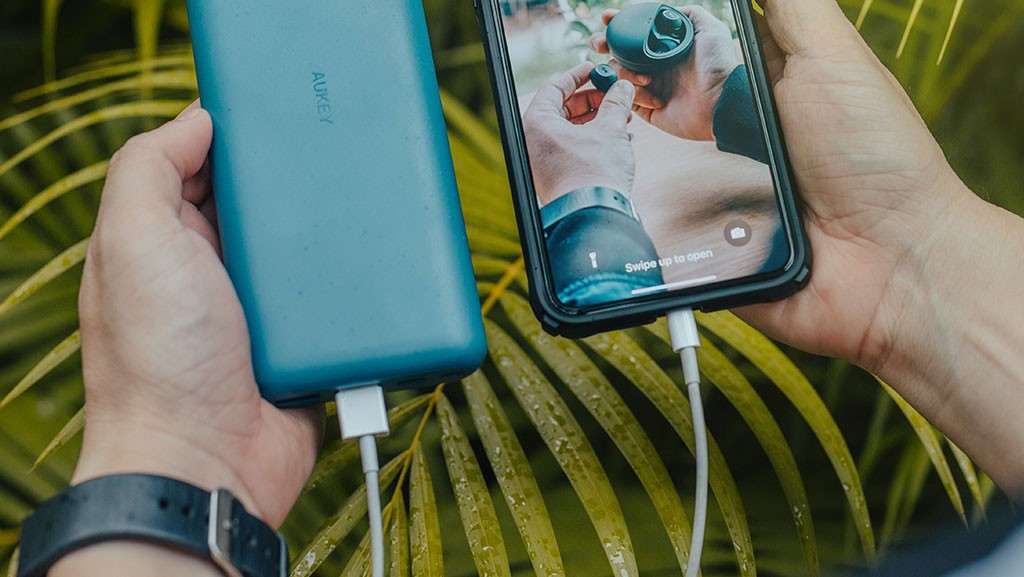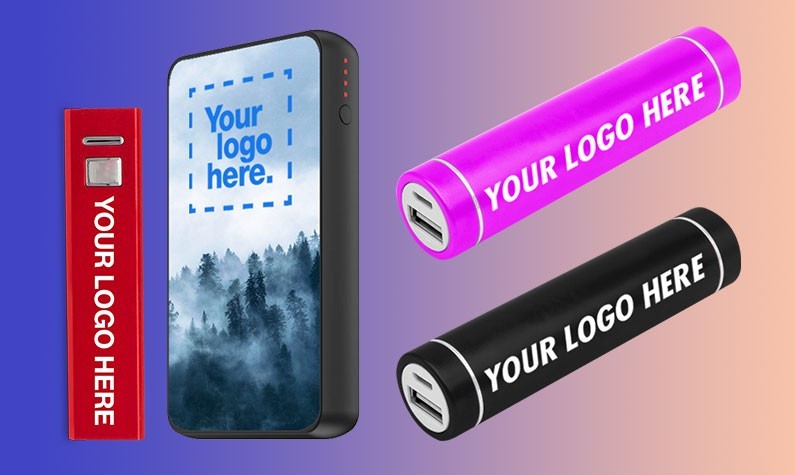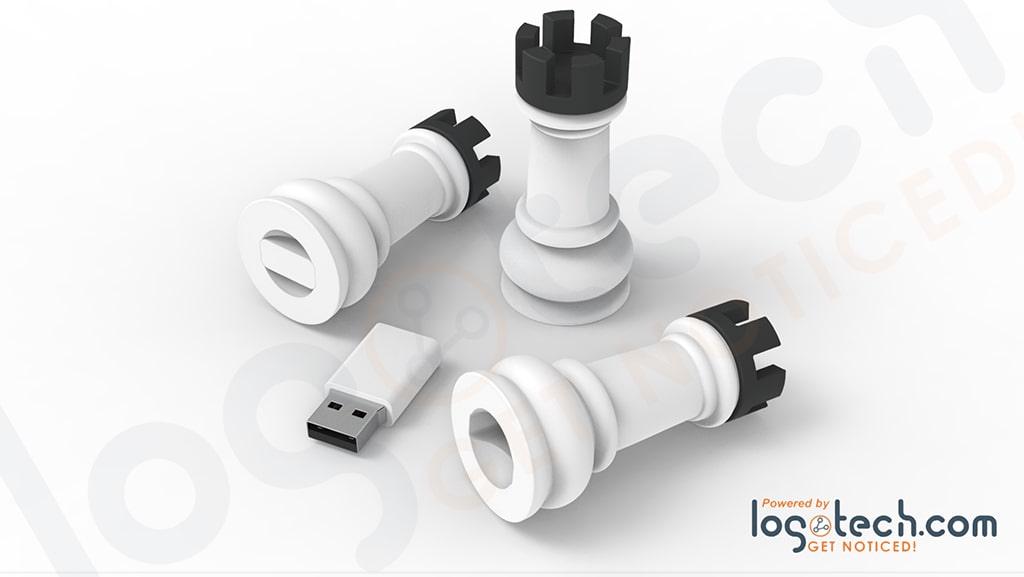
Power Banks to the Rescue
We have been on the quest to store electricity for centuries now and yet it continues to be a somewhat elusive search. We are only able to store a limited amount of a charge for a certain period of time. At the same time the gadgets we use continue to grow in number and in their demand for power. Your iPhone requires as much energy as a fridge. That's why every invention that lets us use these extensions of our limbs for a prolonged period is always gladly welcome. Such is the case with power banks. Here are a few things about these useful inventions as well as a suggested application.
Understanding power banks and how to pick one
Let's start with the very basics. Power banks are small and portable external batteries, usually enclosed in a case of plastic or metal. They are equipped with a USB cable and a number of different connectors so you can charge Android and iOS devices alike. They are essentially the same as carrying an extra battery with you, but with the added benefit of not carrying one for each of your gadgets.
The most important specification to look for in a power bank is the mAh. It stands for milliampere-hour and signifies the total current capacities of the bank -- much like that of a battery. There's one important detail, however. A power bank with a rated capacity of, say, 3000 mAh, will only be able to deliver about 70% to 80% of that current. The remaining 20% to 30% is lost through heat when the chemical energy of the battery gets converted to an electric charge. Thus, if you purchase the new iPhone 5s, with a battery unit of 1560 mAh, you will need a 2000 mAh power bank if you want to charge it completely. It's easy doing the math. Just multiply the mAh rating of the power bank by 0.7 or 0.8 to see what kinds of batteries it can fill up.
That said, be on the lookout for power banks that promise to deliver very large quantities of power. Anything that promises current capacities above 12,000 mAh (and some go as high as 20,000 mAh), I'd take with a grain of salt. These power banks are often unbranded ones of questionable quality. Not only do they usually not provide the full capacity listed, but they may be hazardous to your battery and device.
Another thing to look for when purchasing a power bank is the power output. Most of them come with a voltage rating of 5V and an amperage one of 0.8A to 1.0A. Fortunately, this is the standard for most smartphones, tablets and readers nowadays, yet you want to double check that just in case.

What are power banks good for?
Obviously, when it comes to their intended purpose, power banks can be a life-saver in numerous situations. You are riding on the train, have a long layover, or have been out camping for days and you desperately need to use your phone. Then the power banks comes to save the day, looking something like Mighty Mouse at that moment. You are reunited with your phone and you hear Peaches & Herb singing in the background.
But here is another great application to the power bank. Its portability and numerous options for custom shaped power banks make it the perfect giveaway at a conference or other event. You know how at a conference there are never enough power outlets for everyone? Despite the organizer's best efforts, it's often hard to satisfy the power needs of hundreds or thousands of vigorously tweeting people. That's when you can come in and hand out custom chargers and power banks and make a little publicity for your brand. You can be sure people will remember you for saving you that one time each time they reach for the power bank to get some extra juice for their gadgets.
So here's all you need to know about power banks. When planning for your next event, include some custom ones. They are an easy way to impact your target group. They will save the day ... and your sales too!







